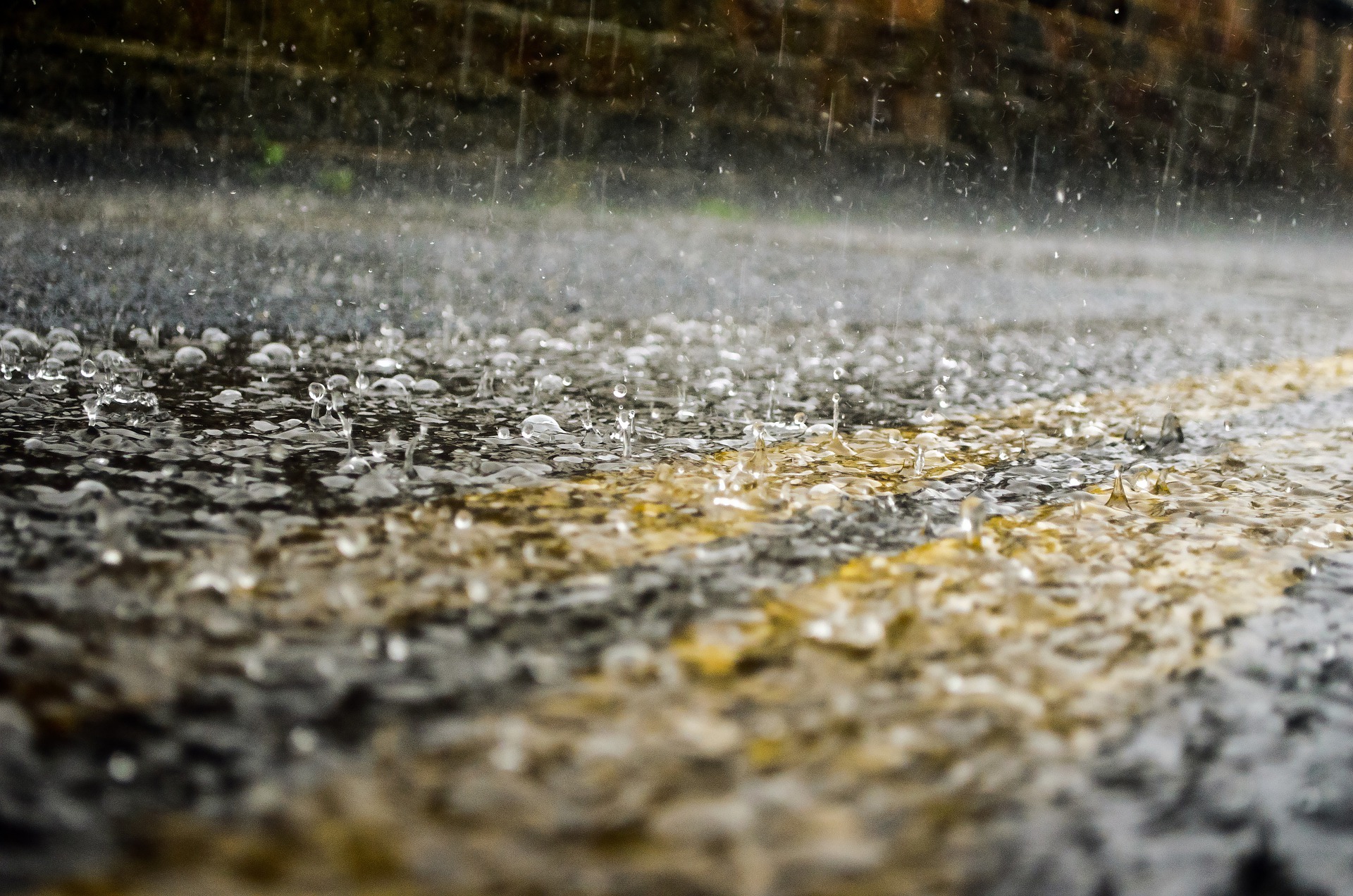News

Climate Change and Stormwater

By: Devan George, Communications Coordinator
Climate change is the long-term shift in temperatures and weather patterns, often resulting in more frequent and severe weather events. It is expected that as the global temperature rises the precipitation internationally can increase by 7% for each degree of warming. This is because the warmth “speeds up” the water cycle, increasing evaporation, creating more water to return to the ground as rain. More frequent and intense weather events will create a greater volume and therefore greater intensity of stormwater runoff.
As water flows over the land, it has a major impact on the earth. First of all it picks up non-point source pollution, the water contaminants that result from everyday activities such as fertilizing the lawn, changing motor oil, and earth disturbing activities. Increased run off can “exacerbate existing, or introduce new, pollution problems” according to the Environmental Protection Agency (EPA).
The increased precipitation and run off can also overwhelm stormwater management systems in cities and towns. This can lead to localized flooding, leading to traffic backups, building damages and human health risks. In cities where the stormwater and wastewater drainage systems are combined are in even more danger from increased flooding since it can cause sewer overload into a local water source.
Sediment is the #1 pollutant of Pennsylvania surface water. More intense flow of stormwater runoff can increase this already high pollution rate. When there is more storm water run-off, there is greater speed and force of water, able to erode more soil to become sediment pollution. If you think that flowing water can’t have a major impact on the landscape, consider the Grand Canyon.
